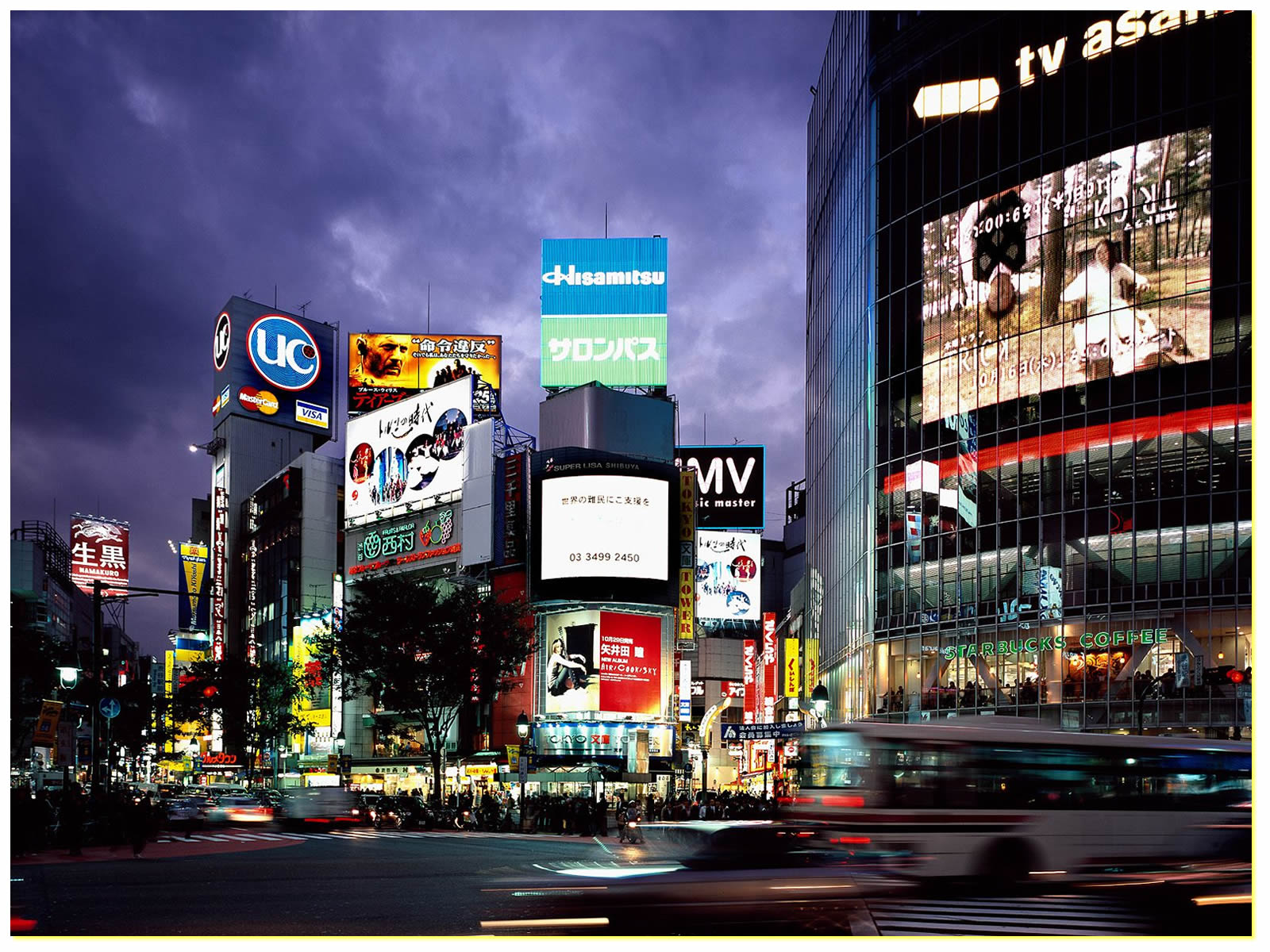In 1968, sociologists Robert K Merton and Harriet Zuckerman, came up with the concept of the Matthew Effect of accumulated advantage. The term takes its name from the Gospel of Matthew, which points out: “For to everyone who has will more be given, and he will have abundance; but from him who has not, even what he has will be taken away.”
In simpler terms, the Matthew Effect of accumulated advantage is stated as the rich become richer and the poor get poorer. This is precisely how things have played out over the last one year, as the covid pandemic has spread through India and large parts of the world.
Let’s take a look at the different ways in which this has happened.
1) Central banks in the rich world have printed a massive amount of money post covid. Just the Federal Reserve of the United States has printed more than $3.5 trillion between end February 2020 and now. Other big central banks like the Bank of England, the Bank of Japan and European Central Bank have also done the same.
This has been done in order to drive down interest rates. The hope is that at lower interest rates people will borrow and spend money, and businesses will borrow and expand. This will help the economy revive. Many rich countries have put money directly in the bank accounts of people, encouraging them to spend.
Some of this money has found its way into stock markets all around the world, including India, driving stock prices way beyond what the earnings of companies justify. The foreign institutional investors invested a whopping $37.03 billion in Indian stocks in 2020-21, the highest they have ever invested. The next best being $25.83 billion in 2012-13.
This sent stock prices soaring with the Sensex, India’s most famous stock market index, gaining 68% in 2020-21. In fact, the market capitalisation of all BSE listed stocks (not just the 30 Sensex stocks) went up by Rs 90.82 lakh crore in 2020-21.
The poor don’t buy stocks, the rich do. The rally in the stock market has benefitted them tremendously, making them richer. In 2019-20, investment in shares and debentures (which includes mutual funds), despite all the hype, formed a minuscule 3.39% of the overall Indian household financial savings. In 2020-21, this would have definitely gone up, but given its low base it would have still formed a very small part of the overall financial savings of Indian households.
As per the 10th Edition of Hurun Global Rich List 2021, India added 55 new dollar billionaires in 2020, with the total number of billionaires in the country going up to 177, a 45% jump in the number of billionaires in comparison to 2019. If one looks at the list of the richest Indian billionaires, most of their wealth is in the stock market. And with stock markets rallying big time in 2020-21, their wealth has gone up.
2) Like the central banks of the rich world, the Reserve Bank of India (RBI) also joined the money printing party and printed Rs 3.6 lakh crore between the beginning of March 2020 and the end of March 2021. This has primarily been done in order to drive down interest rates and help the government borrow at lower interest rates. The central government borrowed Rs 12.8 lakh crore last year and is expected to borrow Rs 12.06 lakh crore in 2021-22.
While money printing helps the central government borrow at lower rates, it hurts the middle class and the poor, who invest in fixed deposits and other forms of fixed income investments to save money. It needs to be remembered that most Indians save by investing in fixed deposits, small savings schemes, provident and pension funds and life insurance. In 2019-20, 84.24% of the household financial savings were made in these financial instruments. Low interest rates largely mean lower returns from these investments.
In the last two years, the average interest rate on bank term deposits (fixed deposits, recurring deposits, etc.) of more than one year has come down dramatically. It was at 7.5% in March-April 2019. In March 2021, it stands at 5.5%. A bulk of this fall has happened from the beginning of 2020. Recently, the government had majorly cut the interest rates on small savings schemes for the period April to June. Nevertheless, it reversed the decision overnight, probably because of the assembly elections that were still on. It is now expected that the government will cut the interest rate on small savings schemes for the period July to September.
Lower interest rates, hurt the middle class and the poor especially when the rate of inflation is as high as the interest rates on offer.
The money printing by the RBI to drive down interest rates is likely to continue in the months to come. The Indian central bank is expected to print Rs 1 lakh crore during April to June . This means that bank interest rates will continue to remain low, continuing to hurt the poor and the middle class.

3) While the Indian economy is expected to contract during 2020-21, data from Centre for Monitoring Indian Economy (CMIE) shows that the listed corporates (both financial and non-financial) have made their highest profits ever during the period July to September 2020 and October to December 2020.
As Mahesh Vyas of the Centre for Monitoring of Indian Economy pointed out in a recent piece: “In the December 2020 quarter, the net profit of listed companies exceeded…the record profits of September 2020.” The net profit during the quarters stood at Rs 1.51 lakh crore and Rs 1.53 lakh crore, respectively. These were the highest quarterly profits ever made by listed Indian corporates.
This means that owners of these businesses have grown richer and so has the top management of these companies given that they own employee stock option plans and benefit from the dividends paid by the companies every year.
But how did listed Indian corporates make their highest profits ever, while the economy was contracting? The net sales of the non-financial companies, which are a bulk of the listed corporates, fell by 10.4% in the quarter ending September and by 0.9% in the quarter ending December, in comparison to a year earlier, but the companies still made record profits. This happened primarily because the companies were able to drive down their operating expenses.
In the quarter ending March 2020, the operating expenses or the cost of running a business, made up 91.1% of their sales. In the quarters ending September 2020 and December 2020, the operating expenses amounted to 81.4% and 82.8% of the sales, respectively.
In simple English, the companies slashed employee expenses and they renegotiated their contracts with their suppliers and contractors, to drive down their costs. The larger businesses benefitted in the process at the cost of the smaller ones.
Of course, if a small company gets paid a lower amount of money from a large company, it also has to renegotiate the money it is paying to its employees and suppliers. This also leads to job losses as smaller companies then need to fire employees in order to cut costs and continue to stay viable.
This has played out for the last one year and continues to play out now as well, with the second wave of covid spreading. It is not easy to put a number to this phenomenon, but that does not mean that this is not happening or is not important.
4) Data from the Centre of Monitoring Indian Economy shows that the size of the labour force between January 2020 and March 2021, has shrunk by 1.66 crore. This when the size of the working age population or the population greater than 15 years of age has increased by 2.88 crore during the same period.
What this means is that many individuals who can’t find jobs, have stopped looking and simply dropped out of the workforce. To be counted as a part of a labour force, an individual needs to be either employed or unemployed and be looking for a job.
The sheer size of numbers here tells us that it is the poor who are dropping out of the workforce, giving up on job search. Also as I have discussed in the past, women have faced the brunt of India’s unemployment problem.

5) The rise of the internet and the availability of cheap broadband has ensured that the need to have all hands on the deck is no longer there.
Of course, this does not mean that everyone can work from home. The working class has faced the brunt of the crisis. As Scott Galloway writes in Post Corona – From Crisis to Opportunity: “Most working-class people… can’t do their jobs at home, since they are tied to the store, warehouse, factory, or other place of work.”
People working in factories, hotels, bank branches, hospitals, real estate projects, mom and pop shops, emergency services, delivery services, etc., or driving cabs for that matter, need to turn up at their places of work and job sites every day.
Also, extended working from home, will end up having other major economic consequences. Other than permanent employees, every office has office maintenance jobs which are not on the rolls of the company. Most large offices have canteens run by a contractor. Some companies offer pick up and drop facilities to their employees.
This is how services companies create low-skilled and semi-skilled jobs. Around many large office complexes there are tapris (very small shops) selling tea, coffee and food. Further, the app cab drivers and normal taxi drivers, have already seen their business go down.
Working from home has already hit people in these professions hard. Again, while it is not easy to put a number to this phenomenon, that does not mean that this is not happening or is not important.
6) Given these factors, it is hardly surprising that many people have dropped out of the middle class. A Pew Research centre analysis found that “the middle class in India is estimated to have shrunk by 32 million in 2020 as a consequence of the downturn, compared with the number it may have reached absent the pandemic.”
This accounted for three-fifths of the global retreat in the number of people in the global middle class (defined as people with incomes of $10.01-$20 a day).
While the number of people dropping out of the middle class is high, the increase in the number of poor is shocking beyond belief. Their number is “estimated to have increased by 75 million because of the COVID-19 recession.” This also accounts for around three-fifths of the global increase in poverty.
In fact, this is something that Nobel Prize winning economist Angus Deaton confirms in a recent research paper, where he points out:
“China did better than almost all other countries, while India did worse. China’s 1.4 billion people experienced few deaths and growth in per capita income, which took them closer to the richer countries of the world and decreased (weighted) global inequality. India’s 1.4 billion people experienced many more deaths, as well as a large drop in income, which increased (weighted) global inequality.”
Of course, with the second wave of covid starting, all this is likely to continue. One point that we need to consider here is the ability of individuals to make a living in the years to come. School and college students are being taught digitally since the last one year. It needs to be considered here that not every student has access to a computer. Further, even if there is access to a computer, it might have to be shared among multiple siblings. Then there is the question of internet speed, electricity and so on.
The quality of education being delivered digitally will impact the earning capacity of many middle class and poor students, in the years to come.
In short, like the disease itself, the negative economic effects of covid, especially among the poor and the middle class, will continue to be felt in the years to come.






